Vine cultivation continued to dominate the local area in the mediaeval period and, gradually, wine became the most important product of the Novara hills. In Romagnano, the old name of “contrada delle vigne tagliate” (literally, the district of cut vines, nowadays Via Ministro Caccia) refers to one of the worst crimes a man could commit in those days, the result of raids by bands from Vercelli in the 13th century, when the Commune of Vercelli and the Commune of Novara were disputing the rights to rule the Valsesia. Precisely because of this, in 1242, Vercelli founded the borgofranco of Gattinara (duty-free and with tax privileges).

A mediaeval
vine-training system
used by the monks of Orta
(Tacuinum Sanitatis, 1474)
At that time, the monks on the Island of St Julius on Lake Orta owned a vast stretch of land between Ghemme, Breclema (a village no longer extant) and Romagnano. The vines on this land were cultivated using two different systems: in some vineyards the vines grew unsupported while, in others, the branches of the vines were stretched between trees, so that the earth beneath could be used for growing cereals.
If we look at old documents from this period, we discover that Ugo de Baltega, a baker from Ghemme, paid the monks of Orta a barrel of pure grape must (“bottallum unum”) each year, and a rent of two Imperial ‘soldi’ for the ‘Larda’ vineyard, and that he had to provide a meal of bread, wine and meat for the person who came to collect the barrel at the time of the grape-harvest. The first reference to wine being sold dates from 1221, when “Guidone sold 12 barrels of grape must to Marcio de Vemenia, of which he still had to deliver half”, in fact, Marcio made him swear to deliver the remaining half “on the Lord’s Holy Gospels”.

Giulio da Milano,
The Blessed Panacea, 1543
(Parish church, Ghemme)
A certain Giacomino de Beccho from Ghemme, who had a very unusual nickname, seems to have been quite a character from this period. In fact he was called “Potor”, meaning ‘the one who drinks’. In 1448, his son Benedetto bestowed a benefice on the chapel of the Blessed Panacea in Ghemme of four sung masses a week. He also donated some of his land to the church, including a vineyard situated behind the church of S. Pietro.

Working on a barrel
(Church of S. Pietro, Fara)
Indeed, the church of San Pietro (which reported to the Abbey of S. Pietro in Castelletto Cervo), which no longer exists, and the church of S. Fabiano are testimonials to the existence in our area of friars from Cluny. The monks owned many vineyards in the local area and, thanks to them, vine cultivation and good farming practices were able to survive the Barbarian invasions.





